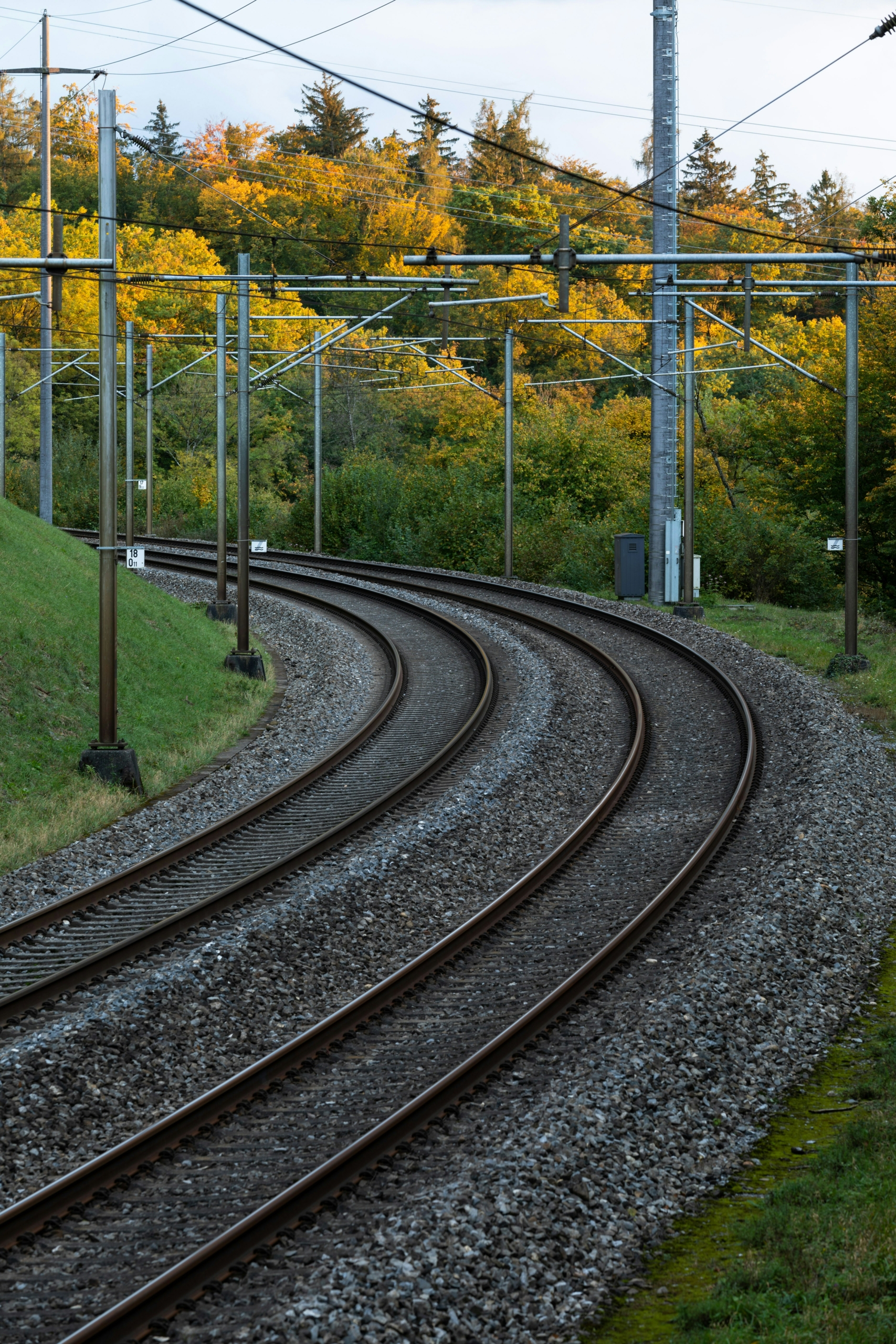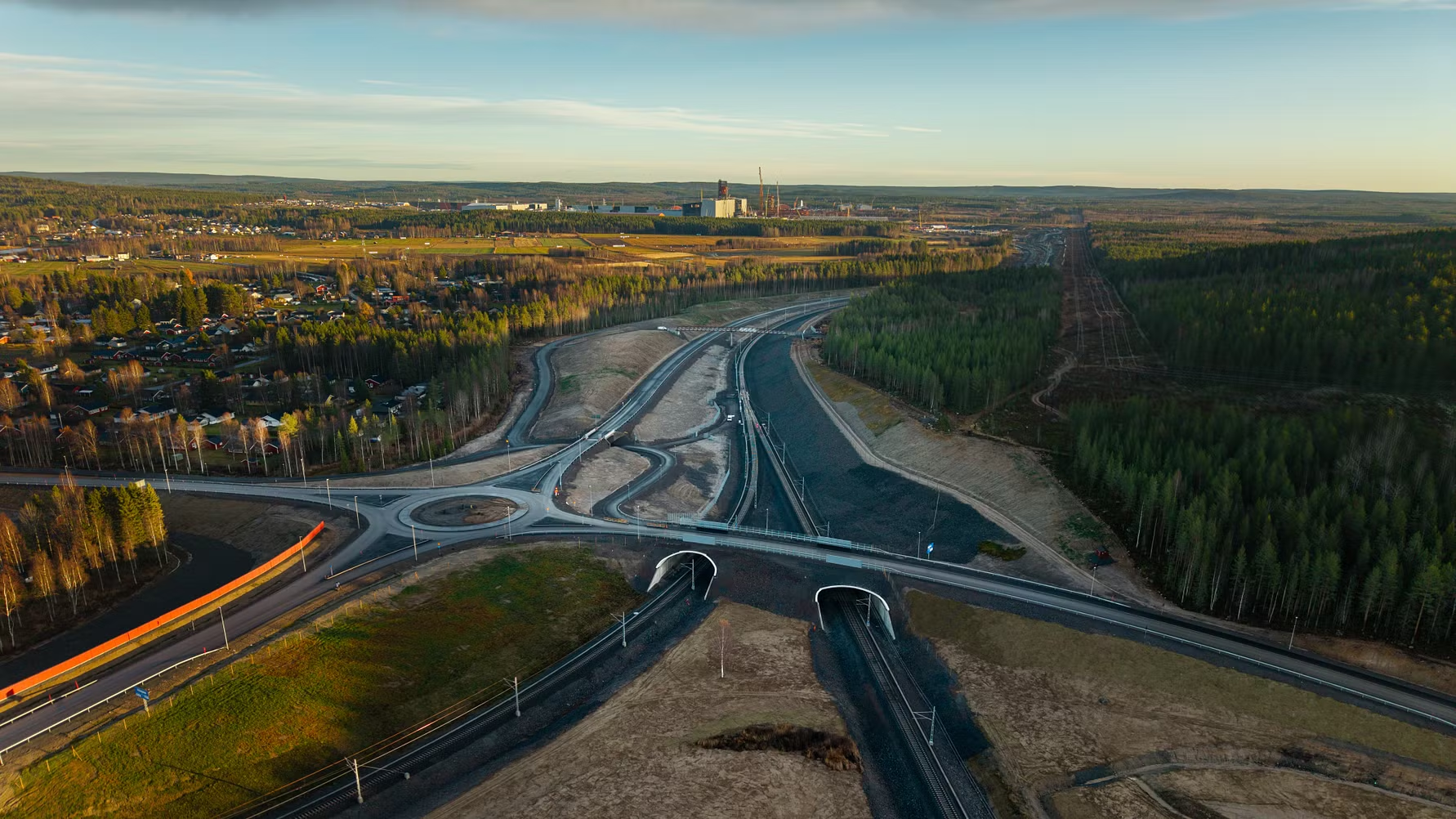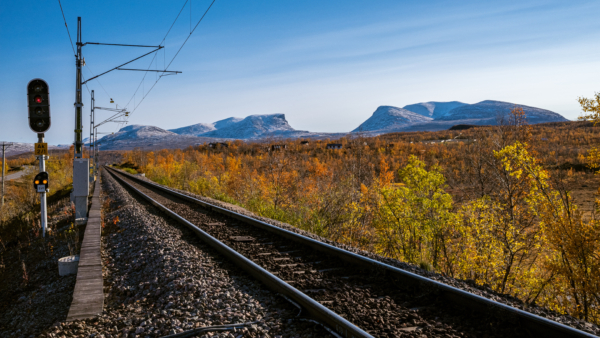
The unique collaboration to fully harness Sweden’s upcoming Sydostlänken railway project
Southeastern Sweden will soon be more connected. In July of 2024, the Swedish government announced that planning had begun on a railway infrastructure project dubbed Sydostlänken (Southeast Link). By creating a nationwide corridor for train traffic and a coastal railway, the project will enable freight to move directly by rail to ports on the Baltic Sea in the Blekinge area as well as enable passenger train travel between Blekinge and the neighboring regions of Skåne and Småland.
Although Trafikverket (the Swedish Transport Administration) is still early in the planning process, an official Sydostlänken web page is already live. The project features almost 60 kilometers of train tracks — 41 km of which already exist and will be electrified and upgraded, with 17 km of new tracks — stretching between the current train stations at Älmhult in Småland and Karlshamn in Blekinge. Three passenger stations will be added to the line, along with two freight yards and a passing loop.
Gains on both the national and local level
Peter Nygårds, a senior adviser to both Polar Structure and its main partner on railway infrastructure, Train Alliance, says Sydostlänken is an overdue link to the Blekinge region. “There’s a defense interest, there’s a commercial interest, and there’s a social interest in Blekinge being more connected to the rest of Sweden,” he explains.
The project is expected to be especially beneficial to global Swedish companies IKEA and the Volvo Group. It’s also seen as necessary to support the country’s military participation in NATO.
“It’s going to be important for Sweden,” says Magnus Gärdebring, Chair of the Municipal Board in Karlshamn. “It is actually going to be important for this part of Europe because you get a second way of getting back and forth between Stockholm and Malmö, which are the main transport lines.”
And, of course, there are expected benefits for the five municipalities connected by the new rail line: Karlshamn, Sölvesborg, Olofström, Osby, and Älmhult. There will be an increased movement of goods through the area to generate business and increased freedom of movement for residents.
“There’s a strong labor market region along the Sydostlänken corridor,” says Lotte Melin, Chair of the Municipal Board in Osby, who explains that the project will allow many more people to commute for work much farther and more easily than ever before. “So it will be good for both companies and individual employees.”
Using blended finance to maximize benefits for the region
However, according to Nygårds, utilizing something like Sydostlänken to its full potential on the municipal level requires additional and ancillary investments. Communities with similar railway projects often need to build things like supplementary train yards, extra tracks, and logistics hubs to make the most of such nationally funded infrastructure but have to find alternative means to pay for them.
“There’s a lack of resources from public financing to maximize the use of a new railroad,” he says. “If you just rely on public financing, you won’t get what you need.”
Polar Structure and Train Alliance had previously worked with municipal leaders in Karlshamn, Sölvesborg, and Olofström. In the months leading up to and following the national government giving the green light for the Sydostlänken project to move forward, they began exploring how a partnership between them all could optimize the ensuing logistics in the areas and foster growth.
“When it became clear that Sydostlänken would go all the way to Älmhult, Osby and Älmhult also joined,” says Melin, noting that cooperation made sense to everyone involved. “It opens up more doors for us to be able to complement each other.”
Collaborating across more than one border
By November 2024, the five municipalities, Polar Structure, and Train Alliance had finalized the terms of the partnership and publicly announced they’d entered into a collaboration agreement.
“I think it’s great that Polar Structure and Train Alliance are so integral to this because there’s the financing capacity, and there’s the expertise for such large projects that we municipalities don’t have,” says Melin. “What we have is land.”
It’s a potential model for the future of infrastructure development in Sweden. The national government handles core infrastructure, while municipalities work with private stakeholders to build and operate important complementary systems. Such a collaboration doesn’t have much precedent in Sweden, yet there’s enough potential to draw five municipalities from three different regions to join the one for Sydostlänken.
“It’s rather unusual,” admits Nygårds, “but this is a good cooperation with joint goals and objectives.”
And the group’s shared ambitions are strong enough, as Gärdebring points out, to cross the political divide. “We come from different political local governments,” he says, “but we have total unity around this. And that’s quite unique.”
Related posts

Railway connection completed – driving Boden’s industrial future
Railway connection completed – driving Boden’s industrial future The new railway connection to Boden Industrial Park has been fully completed – one...
Read more
How Netmore is expanding its global influence while strengthening local impact
The Netmore Group often pitches its services as drivers for growth. The Polar Structure subsidiary specializes in enabling millions of wireless device...
Read more
What will fuel the coming paradigm shift in Swedish infrastructure?
Change is on the horizon for infrastructure development in Sweden. Critical investments are long overdue, especially for railway infrastructure. Rail...
Read more